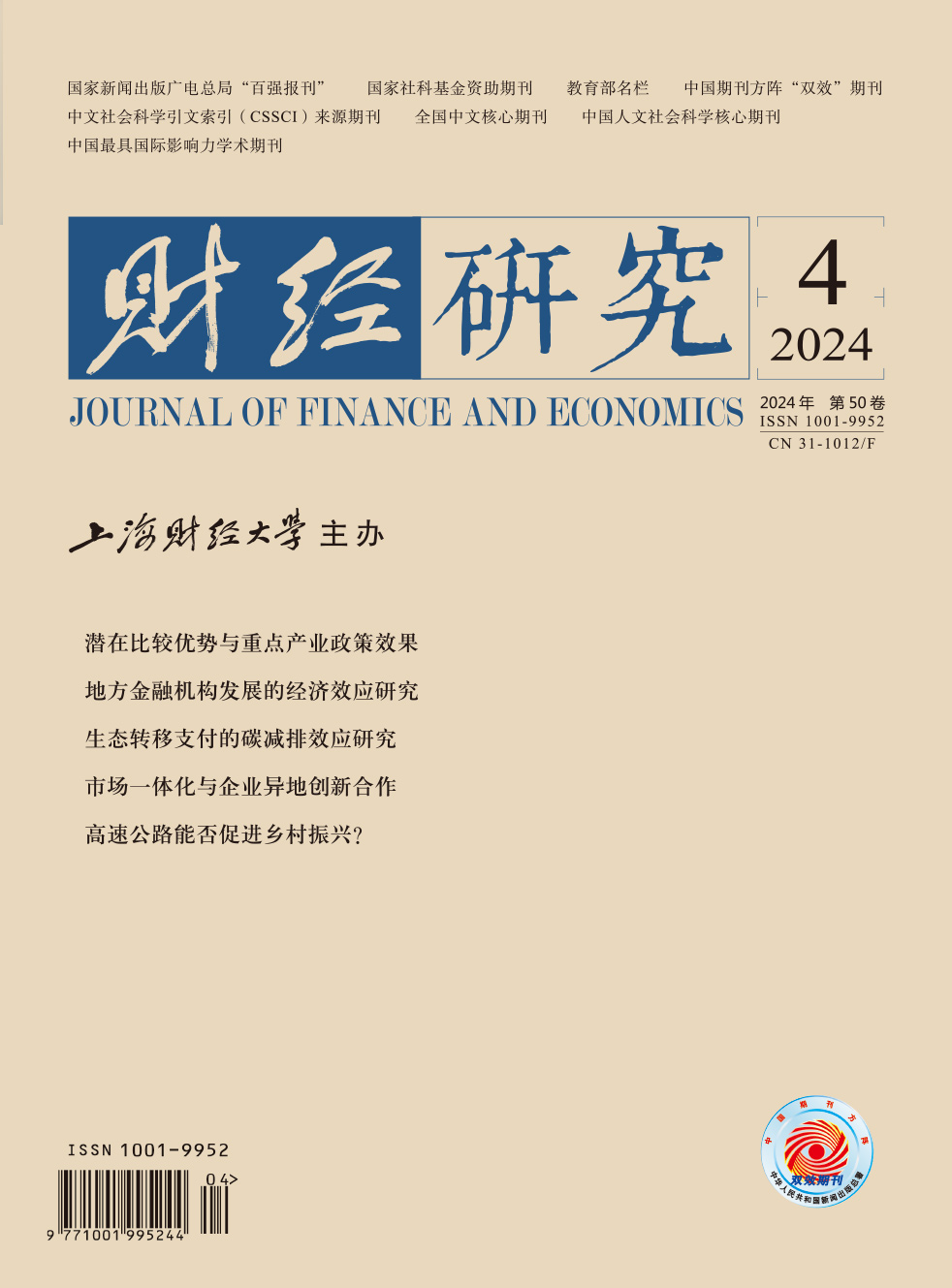Although absolute poverty has been eliminated in China, relative poverty still exists in rural areas. As of the end of 2021, the per capita disposable income of rural residents in China was only 18,900 yuan, about 39.87% of that of urban residents. A large number of policy resources have been invested to continuously promote rural revitalization and increase the income of rural residents. Particularly, the traffic strategy of “building roads to become rich” has received high attention from governments at all levels and has been extensively reflected in policy design for poverty alleviation and rural revitalization. Although lots of literatures have studied the impact of transportation infrastructure on regional economy, especially urban economy, there is no consensus on whether it can promote the development of rural areas.
Based on the data from the “Thousand-village Survey” of SUFE and OpenStreetMap, this paper examines the impact of highways on rural household income. The results show that highways have a significant role in improving rural household income. Mechanism analysis shows that highways improve the development of non-agricultural industry and other supporting infrastructure along the route, which in turn brings about the increase in rural household income. Heterogeneity analysis indicates that the income-increasing effect of highways mainly comes from wage income, which indirectly verifies the mechanism of highways promoting non-agricultural industry development. In addition, due to the labor surplus in rural areas in China and the existence of economies of scale in non-agricultural industry, the larger the population of villages, the more significant the income-increasing effect of highways. The income-increasing effect of highways on low-income households and households in relatively backward central and western regions is more significant, indicating that highways can reduce the relative poverty in rural areas and promote the coordinated development of rural areas between regions. The results of this paper indicate that improving the accessibility of transportation infrastructure is a feasible strategy to further consolidate poverty alleviation achievements, promote rural revitalization, and achieve common prosperity.
The contributions of this paper are as follows: First, it constructs an extended local spillover model to investigate the impact of rural-highway accessibility on the share of local enterprises and the relative share of real income, revealing the theoretical logic of the impact of highways on rural economic development. Second, focusing on the impact of highways on household income, it expands the evaluation perspective of the economic effect of highways. Third, by separating the income changes caused by rural population migration, it examines the impact of highways on the local income of rural residents and the underlying mechanism, which is a useful supplement to existing related research.





 1997
1997  3048
3048

